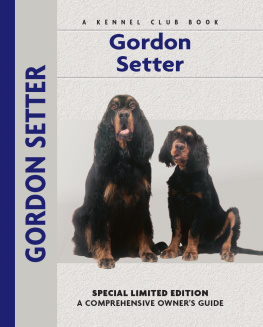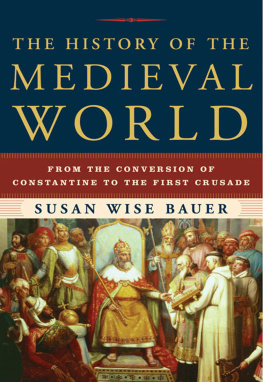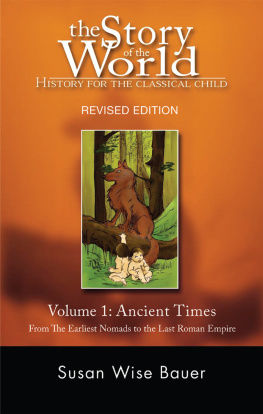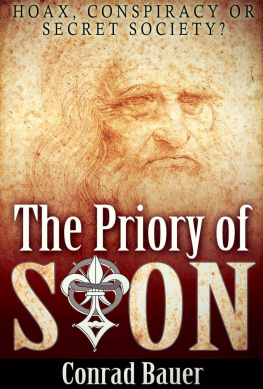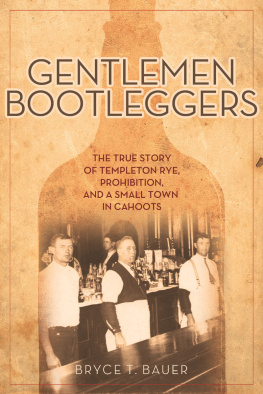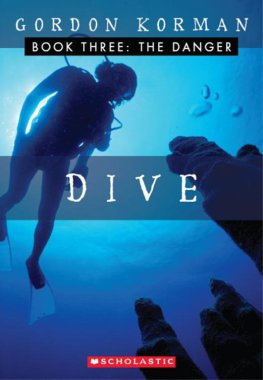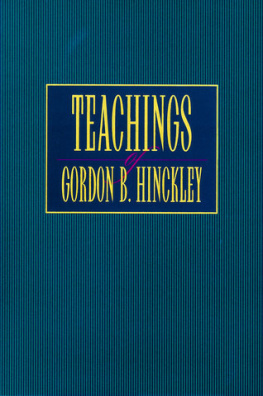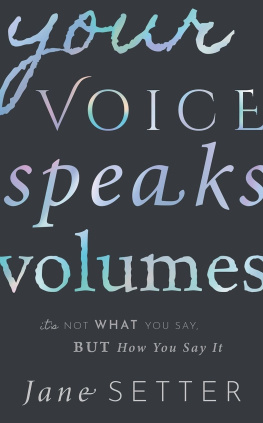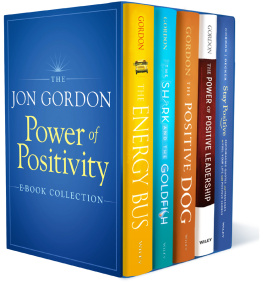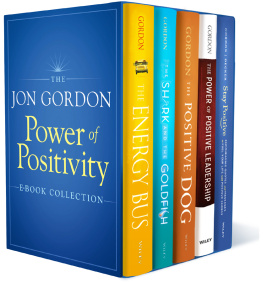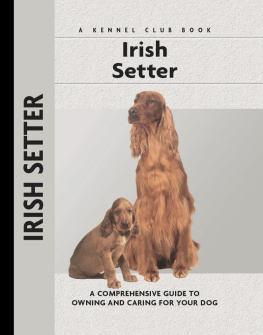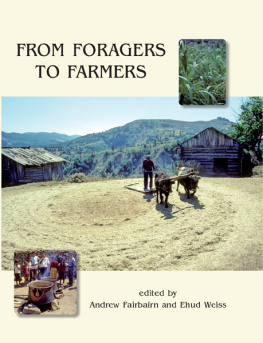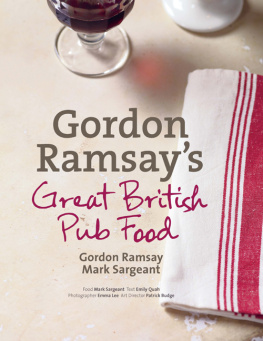K ENNEL C LUB B OOKS G ORDON S ETTER
ISBN 13: 978-1-59378-280-1
eISBN 13: 978-1-59378-631-1
Copyright 2005 Kennel Club Books An Imprint of I-5 Press A Division of I-5 Publishing, LLC
3 Burroughs, Irvine, CA 92618 USA
Cover Design Patented: US 6,435,559 B2 Printed in South Korea
All rights reserved. No part of this book may be reproduced in any form, by photostat, scanner, microfilm, xerography or any other means, or incorporated into any information retrieval system, electronic or mechanical, without the written permission of the copyright owner.
10 9 8 7 6 5 4 3 2 1
Photography by Carol Ann Johnson
with additional photographs by:
John Ashbey, Paulette Braun, T.J. Calhoun, Cantor Photography, Alan and Sandy Carey, Cook Photography, Cott/Francis, David Dalton, Isabelle Franis, Gilbert Studios, Bill Jonas, Klein, Petrulis Studio and Michael Trafford.
Illustrations by Patricia Peters.
The publisher wishes to thank all of the owners whose dogs are illustrated in this book, including Val and Russell Mosedale.

The setter breeds, including the Gordon and the Irish (right), are wonderfully trainable and make responsive family companions.
Contents
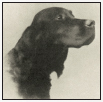
The Gordon Setters history reveals that hes much more than a black-and-tan gundog from Scotland. Learn about the breeds origins and early ancestors, as well as instrumental figures in its development. Meet well-known Gordons and discover stories of the breeds hunting ability, devotion to its master and emergence into the canine fancy.

Hunter, show dog, friend and companion, the Gordon Setter does it all! Many breed fanciers say that once youve owned a Gordon, you will never own another breed of dog. Explore the Gordons physical traits and temperament, as well as health concerns in the breed, to discover if this is the dog for youand vice versa.

Learn the requirements of a well-bred Gordon Setter by studying the description of the breed set forth in the American Kennel Club standard. Both show dogs and pets must possess key characteristics as outlined in the breed standard.
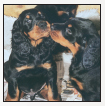
Find out about how to locate a well-bred Gordon Setter puppy. Discover which questions to ask the breeder and what to expect when visiting the litter. Prepare for your puppy-accessory shopping spree. Also discussed are home safety, the first trip to the vet, socialization and solving basic puppy problems.
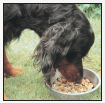
Cover the specifics of taking care of your Gordon Setter every day: feeding for all ages; grooming, including coat care, ears, eyes, nails and bathing; and exercise for your dog. Also discussed are the essentials of dog ID and traveling safely with your dog.

Begin with the basics of training the puppy and adult dog. Learn the principles of house-training the Gordon Setter, including the use of crates and basic scent instincts. Get started by introducing the pup to his collar and leash and progress to the basic commands. Find out about obedience classes and training for other activities.
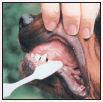
By Lowell Ackerman DVM, DACVD
Become your dogs healthcare advocate and a well-educated canine keeper. Select a skilled and able veterinarian. Discuss pet insurance, vaccinations and infectious diseases, the neuter/spay decision and a sensible, effective plan for parasite control, including fleas, ticks and worms.
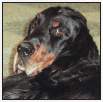
Know when to consider your Gordon Setter a senior and what special needs he will have. Learn to recognize the signs of aging in terms of physical and behavioral traits and what your vet can do to optimize your dogs golden years. Consider some advice about saying goodbye to your beloved pet.
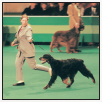
Step into the center ring and find out about the world of showing pure-bred dogs. Here are the basics of AKC conformation showing, how shows are organized and whats required for your dog to become a champion. Take a leap into other competitive sports: obedience, agility, tracking, field and hunting events.
Physical Characteristics of the Gordon Setter
(from the American Kennel Club breed standard)
Skull: Nicely rounded, good-sized, broadest between the ears.
Head: Deep, rather than broad, with plenty of brain room.
Eyes: Of fair sizedark brown, bright and wise.
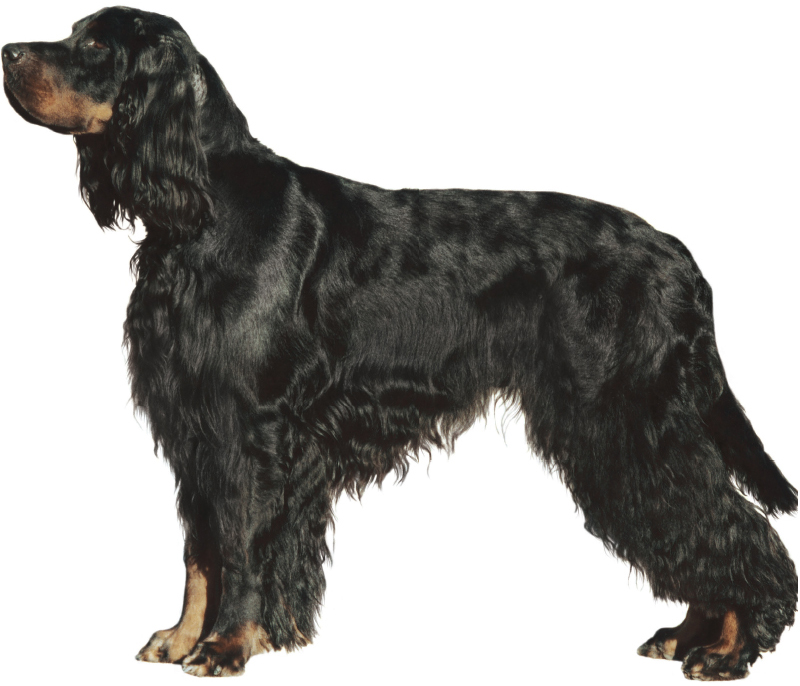
Nose: Broad, with open nostrils and black in color.
Muzzle: The top of the muzzle is parallel to the line of the skull extended.
Neck: Long, lean, arched to the head.
Chest: Reaches to the elbows.
Foraquarters: Shoulders fine at the points, and laying well back. Forelegs big-boned, straight and not bowed, with elbows free and not turned in or out. Pasterns are strong, short and nearly vertical with a slight spring.
Ears: Set low on the head approximately on line with the eyes, fairly large and thin.
Feet: Catlike in shape, formed by close-knit, well arched toes with plenty of hair between; with full toe pads and deep heel cushions.
Topline: Moderately sloping.
Body: Short from shoulder to hips.
Tail: Short and not reaching below the hocksthick at the root and finishing in a fine point.
Height (at shoulder): Males, 24 to 27 inches; females, 23 to 26 inches.
Weight: Males, 55 to 80 pounds; females, 45 to 70 pounds.
Hindquarters: The hind legs from hip to hock are long, flat and muscular; from hock to heel, short and strong. The stifle and hock joints are well bent and not turned either in or out.
Coat: Soft and shining, straight or slightly waved, but not curly, with long hair on ears, under stomach and on chest, on back of the fore and hind legs, and & on the tail.
Color and Markings: Black with tan markings, either of rich chestnut or mahogany color.

Beauty, brains and bird sense.
Next page
